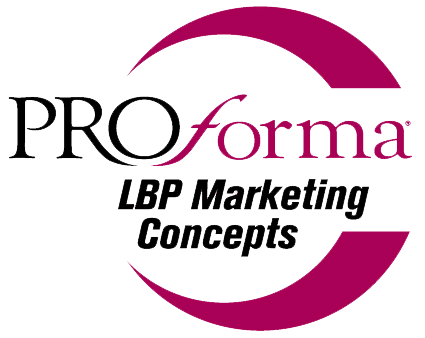3 Easy Ways to Target Your Potential Customers
- Read original article here

3 Easy Ways to Target Your Potential Customers
3 Easy Ways to Target Your Potential Customers
The difference between customers that convert and potential customers that don’t covert can be costly. Sometimes the difference is as simple as changing the graphic design on one of your ads or using more targeted phrases.
For Expedia, they needed to delete a single data field on their website that led to a $12 million increase in profit.
Clearly, it’s important to understand what makes potential customers engage with your brand and what makes them walk away. So here are some of the steps you can take to start seeing results with your potential customers.
1. Key Strategies that Win Potential Customers
You’ve likely had potential customers interact with your brand, but you weren’t able to convert that connection to sales for some reason.
Or, you don’t have enough interaction, and you’re simply looking to get more eyes on your brand.
Either way, you’re aware that you’re missing connections with potential customers, and you need to establish that first foundation of trust. Here are a few ways to do that:
Purchasing incentives
Upsells and cross-sells
Free products or services
Brands should always provide incentives to win over customers. This means you encourage customers with tangible value to win their trust.
For instance, email marketing is one of the strongest digital marketing channels, but it only works to convince your audience that you will provide value via a subscription. This is a valuable incentive.
With affiliate marketing, brands use upsells and cross-sell to “sweeten” the customer’s purchase. This strategy can also increase the average customer value (ACV).
Lastly, providing a free product or service shows that you’re willing to meet potential customers where they are, even before they pull out their wallets. This is almost like a show of good faith and increases your chances of establishing customer trust.
2. A/B Testing with Digital Ads
This is one of the most direct ways to identify potential customers. A/B testing is designed to actually help you find your target audience or the future loyal customers who are uniquely interested in your products or services.
True to the name, A/B testing involves one group of potential customers whom you label group A and a second, group B. Each group should have different demographics than the other group based on factors such as race, gender, location, and age.
Once you’ve established two unique, different groups, you introduce the same online ad to each respective audience. Consequently, you’ll see which demographic of people respond the most to your content, and you can retarget this group later to drive more leads.
So what’s retargeting? This is simply a way to take advantage of the marketing trends that you discover. A/B testing can set you up for effective retargeting.
Platforms such as Facebook Ads, Google Ads, and most email marketing software allow you to perform A/B testing.
3. Social Media
Aside from A/B testing, many social media platforms allow you to see who engages with your social content the most. This means that every time you make a post, you can see the engagement stats for that specific post.
Twitter, Facebook, and the even video-based platforms such as YouTube, all have analytics sections. While Facebook gives you certain marketing perks with a business account, Twitter and YouTube allow you to see engagement information without even having a business account.
One of these analytics’s best features is that you can see other accounts that your audience engages with, like your competitors, for instance. This can help you understand what other types of brands your audience associates you with.
Social media is also great to use because it’s a free resource unless you upgrade to more advanced marketing features. If you can learn how to use social media analytics to your advantage, you don’t have to spend much on other marketing channels.
Converting Potential Customers
Getting potential customers to consider your brand can be difficult. However, a large awareness, timing, and added value are some of your most influential factors.
If you want to learn about more of these influential factors or find other marketing tips and tricks, we have more articles to keep you going. Visit the Marketing or SEO section of the Everything Entrepreneur Blog to learn more about gaining more potential customers as leads.
Related Posts

